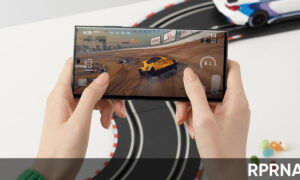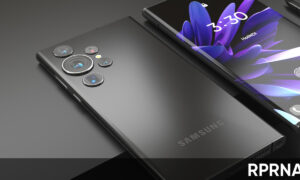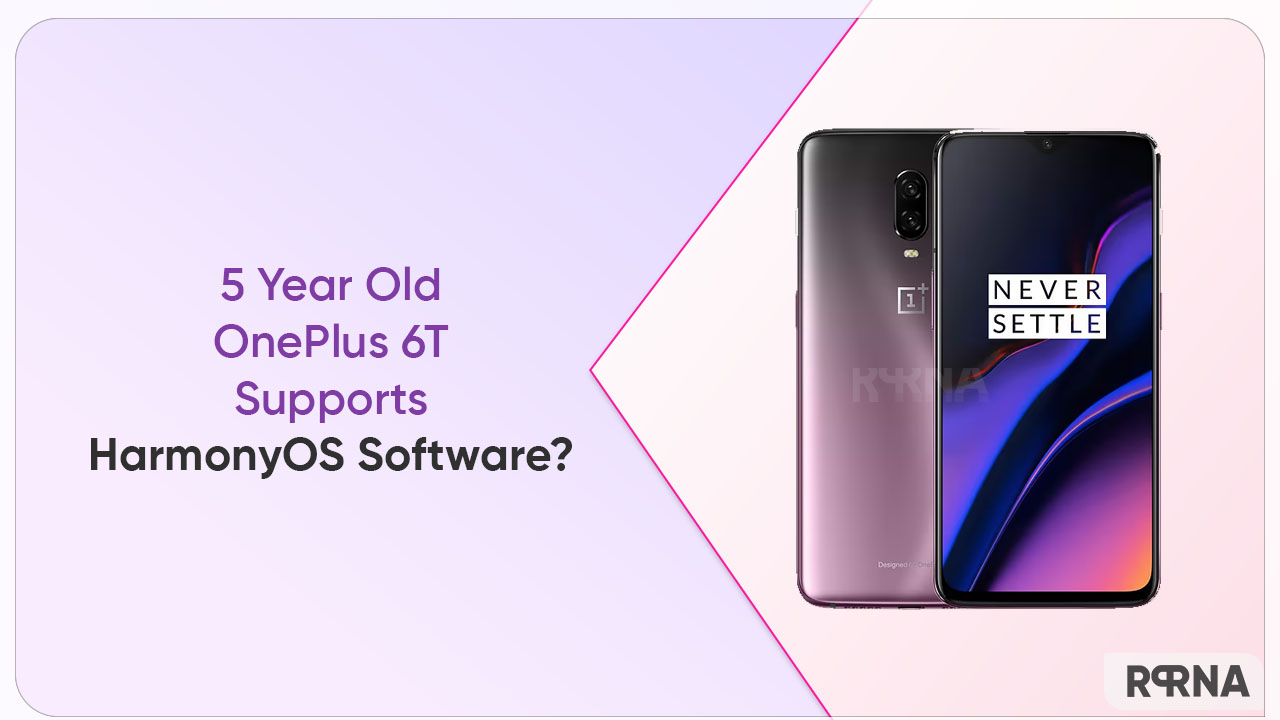AMD is set to release its new FidelityFX super-resolution methods this month. This technology meets Nvidia’s Deep Learning Super Sampling (DLSS) technology-scalable technologies that improve game performance. Even if AMD is going to be an open-source and cross-vendor FSR, a Logitech VP reveals that the feature isn’t optimized for the Nvidia card.
FidelityFX Super-Resolution is a long-awaited technology that can throw everything, front-facing camera, both AMD and Nvidia. It’s said to deliver up to twice the game’s performance in 4K resolution, complete with care tracing, and you have the option to challenge Nvidia DLSS.
Join our Gaming channel on Telegram
Although FSR is designed to compete with Nvidia DLSS, it works differently. Nvidia’s technology is based on artificial intelligence, but FSR doesn’t use any machine learning process. But AMD has shown that FSR will use a combination of linear and non-linear zoom, unlike Nvidia’s serious deep learning.
FSR reconstructs the image to make it appear like it’s rendering at a higher resolution. This might make a game that was initially 1080p appear to be 1440p. According to AMD, FidelityFX is a spatial upscaling technique that doesn’t rely on motion vectors or history buffers.

AMD’s new rays search engine is fully open-source. The company has previously talked about the benefits of going open source, and the cross-vendor, according to FSR, will work on graphics cards with extensive experience at AMD. But it seems that this is the beginning of a real one, and won’t be until Nvidia itself implements it.
Scott Herkelman, the vice president and general manager of Radeon, announced on Twitter that the new technology will not be available to Nvidia users. He explained this by saying: “Just to be clear, though — we aren’t optimizing it for GeForce. That will be up to them to do the work on behalf of their gaming community — we just proved it works.”

This can be frustrating for some users who don’t have a Radeon card. Cooperation between the two countries shows what can happen, but this, of course, is not a guarantee. The ball is on Nvidia’s side, the company can, if it wishes, allocate FidelityFX optimization resources to run the GeForce GPU.
FSR is an interesting solution that can DLSS at any given time. But for now, Nvidia is likely to have an advantage due to the performance difference between the two. With FidelityFX’s super-resolution starting on June 22, we just need to wait for Nvidia’s response to know whether to write GeForce FSR cards.











